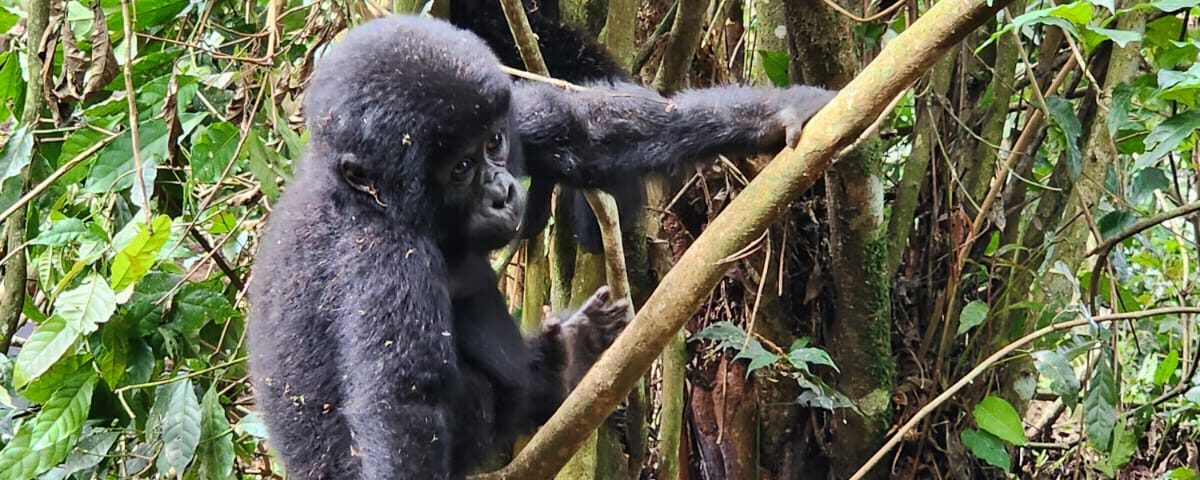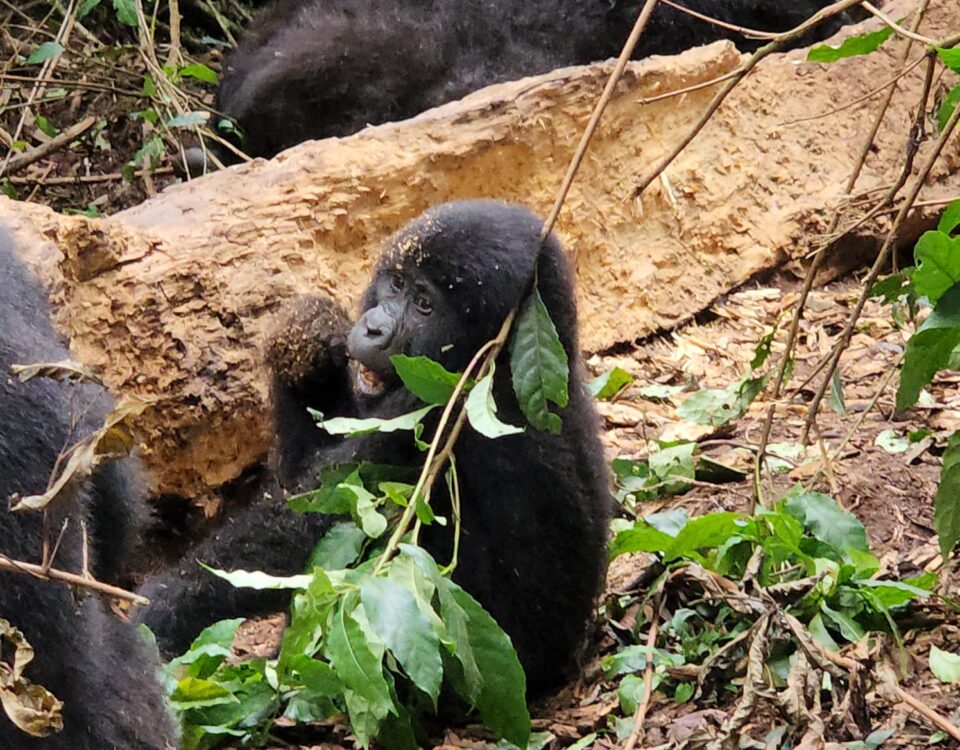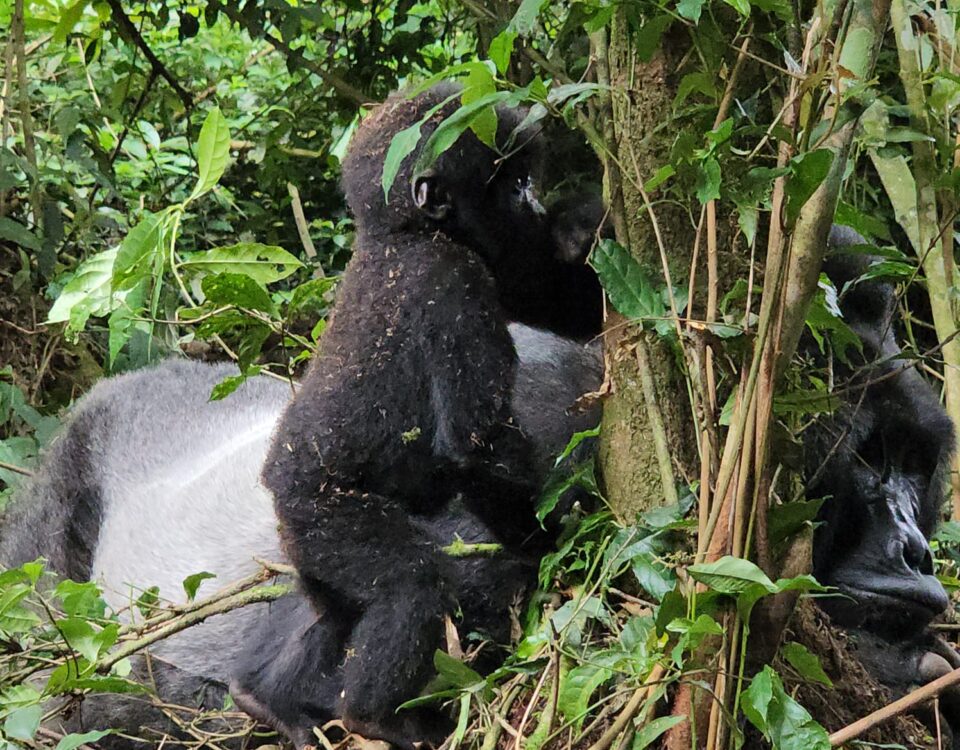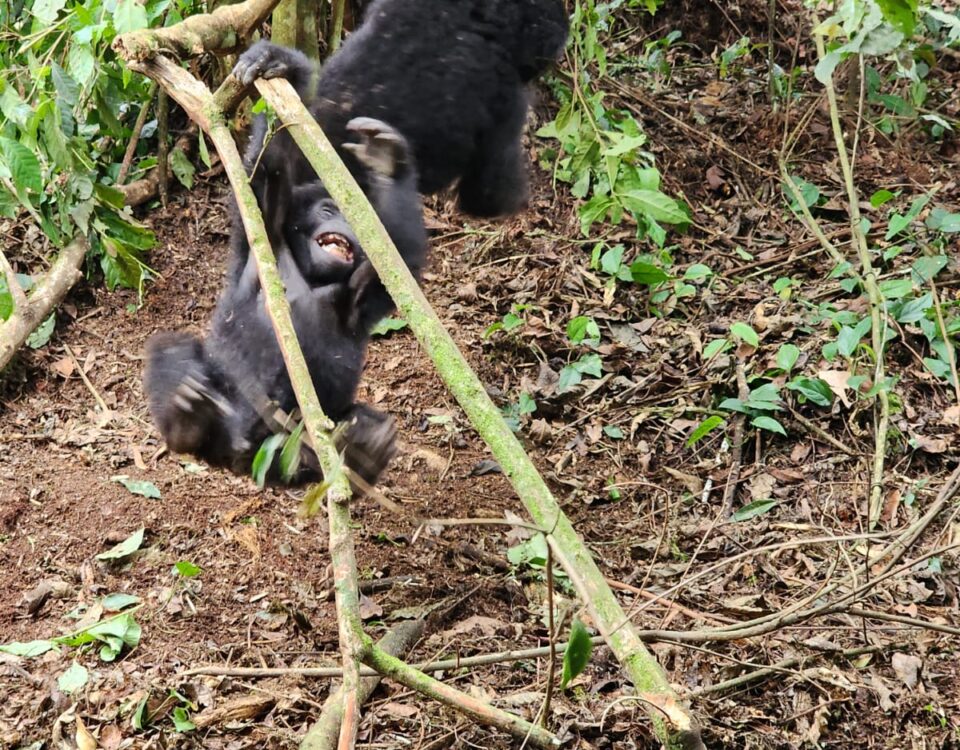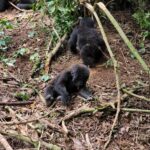
How Can I Contribute to Conservation in Volcanoes National Park?
March 28, 2025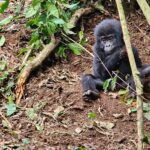
Is it Possible to Visit Volcanoes National Park During the Rainy Season?
March 28, 2025What Wildlife Protection Measures Are in Place in Volcanoes National Park?
What Wildlife Protection Measures Are in Place in Volcanoes National Park? Volcanoes National Park, located in the northwest of Rwanda, is one of the most important conservation areas in the world. As the habitat of the endangered mountain gorillas, the park plays a critical role in the preservation of this majestic species, as well as many other wildlife species. To ensure the long-term survival of the park’s unique biodiversity, a range of wildlife protection measures have been implemented. These measures aim to protect the animals from poaching, habitat destruction, and human-wildlife conflict, while promoting sustainable tourism and community engagement. In this article, we will explore the various wildlife protection efforts in place at Volcanoes National Park.
Anti-Poaching Patrols and Law Enforcement
One of the most significant challenges faced by Volcanoes National Park in terms of wildlife protection is poaching. Poaching for bushmeat, illegal wildlife trade, and other forms of exploitation can severely impact wildlife populations, particularly the endangered mountain gorillas. To counter this threat, the park has set up comprehensive anti-poaching patrols.
The park employs highly trained rangers who conduct regular patrols within the park’s boundaries, especially in areas where poaching is more likely to occur. These rangers are equipped with advanced tools, including GPS technology, radio communication, and sometimes even drones, to monitor the park’s remote areas. The rangers also work closely with local law enforcement agencies to ensure that poachers are apprehended and that the park’s regulations are enforced.
In addition to these patrols, the park authorities have implemented rapid response teams that can be deployed quickly in case of illegal activities. These measures are crucial in safeguarding the park’s wildlife from human interference, ensuring that species like the mountain gorillas can thrive in their natural habitat.
Gorilla Monitoring and Research
Monitoring the health and behavior of the mountain gorilla population is another important wildlife protection measure in place at Volcanoes National Park. The park authorities have established a Gorilla Monitoring Program, which tracks the movements of each gorilla group on a daily basis. Researchers and rangers collect valuable data on the gorillas’ health, social interactions, and behavior.
This close monitoring is essential not only for protecting the gorillas but also for ensuring their overall well-being. The program helps to detect early signs of disease or injury, allowing for prompt intervention if necessary. Additionally, the data collected from monitoring helps inform conservation strategies and ensures that the park’s management practices are based on the most up-to-date scientific knowledge.
Gorilla trekking experiences, which allow tourists to observe these incredible animals up close, also contribute to the monitoring efforts. Every time a visitor goes on a gorilla trekking excursion, a park ranger is assigned to accompany them, ensuring that the gorillas are not disturbed and that their behavior is recorded.
Community Engagement and Education
Wildlife protection is not just about protecting the animals; it also involves engaging local communities in conservation efforts. The people living near Volcanoes National Park play a critical role in the park’s success. For this reason, the park has implemented several community-based initiatives to raise awareness about the importance of conservation and foster positive relationships between the local population and the park’s wildlife.
One of the most successful programs is the Community Conservation Program, which provides education about the value of wildlife and the economic benefits of eco-tourism. This program helps local communities understand that protecting the park’s wildlife and habitats can lead to job opportunities in eco-tourism, as well as improved infrastructure and health services.
Additionally, the park has created alternative livelihood programs to reduce the pressure on park resources. These initiatives provide locals with income-generating opportunities such as farming, beekeeping, and handicrafts, which reduces the need for people to engage in activities that harm wildlife, such as illegal logging or poaching.
The Batwa Cultural Experience, where visitors can learn about the indigenous Batwa people who once lived in the forests of Volcanoes National Park, is another way that cultural awareness and conservation are intertwined. This program fosters a deeper understanding of the historical and cultural connection between local communities and the park, promoting respect for both nature and heritage.
Habitat Protection and Restoration
Habitat destruction is another significant threat to wildlife in Volcanoes National Park. As human populations grow and demand for land increases, there are often pressures to convert forests and other natural areas into agricultural land. To protect the park’s valuable ecosystems, significant efforts are being made to preserve and restore wildlife habitats.
One of the key measures in place is the protection of park boundaries. The park authorities work to ensure that encroachment into the park’s land is prevented, and illegal farming and logging activities are stopped. Regular patrols, along with partnerships with local communities, have been successful in reducing human activities that harm the park’s habitat.
In addition, habitat restoration projects are ongoing to improve the quality of the park’s ecosystems. These projects involve planting native trees, restoring degraded areas, and protecting water sources that are vital for both wildlife and local communities. Restoring the park’s natural habitat not only benefits the animals but also ensures that the land remains healthy and sustainable for generations to come.
Sustainable Tourism Practices
Tourism plays a major role in the conservation of Volcanoes National Park, but it also poses potential risks if not managed sustainably. To ensure that tourism benefits both the wildlife and the local communities, the park has implemented several sustainable tourism practices.
One of the most prominent efforts is the regulation of gorilla trekking activities. Only a limited number of visitors are allowed to trek the gorillas each day, which helps minimize the impact on the animals and their habitat. Visitors are required to obtain gorilla trekking permits, which help fund the park’s conservation initiatives.
To further promote sustainability, the park works closely with local tour operators, including Samz Tours Uganda, to ensure that eco-friendly practices are followed. This includes maintaining low-impact trekking routes, promoting the use of biodegradable products, and encouraging responsible behavior among visitors. By adhering to these guidelines, tourists help protect the park’s fragile ecosystems while enjoying an unforgettable wildlife experience.
Anti-Conflict Measures: Mitigating Human-Wildlife Conflict
Human-wildlife conflict is another issue that can affect the success of conservation efforts in Volcanoes National Park. As human settlements expand around the park, there is an increased likelihood of conflict between people and wildlife, particularly in areas where wildlife such as gorillas or elephants may venture into agricultural land.
To mitigate these conflicts, the park has put in place conflict resolution programs that aim to reduce tensions between the local communities and the park’s wildlife. These programs involve building fences around certain areas of the park, providing compensation to farmers whose crops are damaged by wildlife, and offering alternative farming methods that reduce the need for expansion into park land.
In addition, the park authorities work closely with local communities to monitor and report incidents of human-wildlife conflict, allowing for timely responses and interventions. These measures help maintain a peaceful coexistence between the park’s wildlife and the surrounding communities.
Conclusion: A Holistic Approach to Conservation
Volcanoes National Park is a model of successful wildlife protection, combining anti-poaching patrols, habitat restoration, sustainable tourism, and community involvement. These efforts work together to ensure the long-term survival of the park’s wildlife, particularly the endangered mountain gorillas. As a visitor, you play a key role in supporting these protection measures through responsible tourism and engagement with local communities.
By understanding the comprehensive wildlife protection strategies in place at Volcanoes National Park, you can appreciate the collaborative approach to conservation that ensures the continued health of the park’s ecosystems. With the help of dedicated conservationists, local communities, and responsible tourists, Volcanoes National Park will continue to thrive as a haven for wildlife for generations to come.

